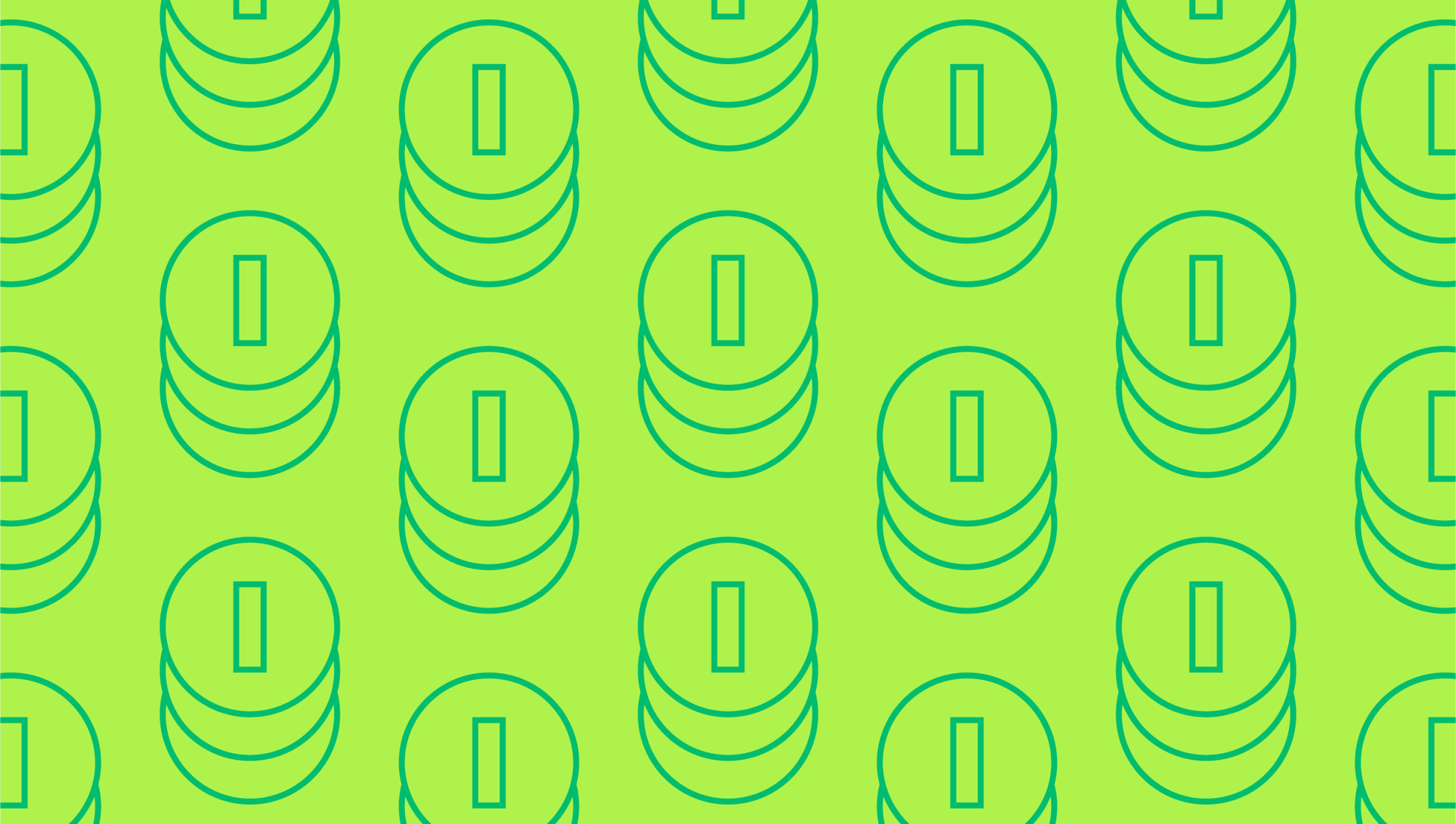Last editedSep 20212 min read
What is quote to cash, and why is it important? Put simply, this process, which is also known as QTC, refers to the stages that take place between a client expressing interest in a product or service and you actually receiving the payment for this. Understanding this part of the sales process is essential to driving the revenue for your organisation and ensuring good business outcomes. That’s why it’s important to streamline the quote to cash process steps, which include making quotes, contracting and fulfilling orders. Read on to find more about this process and how you can take control of it.
What is quote to cash?
There are a number of quote to cash process steps, which essentially cover the stages between a customer expressing interest and seeing the revenue arrive in your account. These steps can be grouped into two separate stages: Customer Relationship Management (CRM) and Billing.
The first stage of CRM involves making the deal with the customer. In other words, you should recommend the correct product or service that corresponds to your customer’s requirements. To do this well, consultation is necessary to get a better understanding of their needs.
The billing stage is slightly more complex and involves more steps:
After identifying the appropriate product or service, it’s important to negotiate the price with consideration of both the customer relationship and the revenue that you are aiming to generate. Once this has been agreed upon, you can issue a quote to your customer.
Once the product or service has been delivered, the next stage is collecting payment from the customer. This means submitting an invoice, complete with all the necessary details such as timelines, discounts and tax information. You can support quote to cash automation by using technology that automatically submits and records invoices.
The final stage in quote to cash is known as revenue recognition. After earning the revenue, you should record it in your financial statements. This can only be done after you have fulfilled the terms of the contract with the customer, such as delivering the product or service.
Following this, while revenue may have been received, there are further quote to cash best practices that can streamline the process in the future. For example, through analysis of the transactions, sales staff can promote the products to further customers and create strategies for the future.
What are quote to cash best practices?
In a nutshell, quote to cash automation is the best way to achieve an efficient process. The various stages involved in QTC can be made easier and faster through the use of technology.
Firstly, you can use a Customer Relationship Management system to keep track of your relationships with different clients, as well as past sales information. This can offer you insights that help you to recommend the best products to your customers, develop a sales strategy and focus your marketing approach. This can also feed into the billing stage of quote to cash, as having a clear record of sales information allows you to efficiently create contracts and invoices.
Following this, you can improve your QTC process through automation of the subsequent steps. For example, software can be used to automatically generate quotes and contracts. In doing so, you can increase your capacity and send out a greater number of contracts in a shorter time. Orders can then be tracked using order management software, allowing for easy updates on status and speedy responses to enquiries. Finally, revenue recognition can be achieved simply through quote to cash automation, with software that ensures both accuracy and compliance with financial regulations.
We can help
GoCardless helps you automate payment collection, cutting down on the amount of admin your team needs to deal with when chasing invoices. Find out how GoCardless can help you with ad hoc payments or recurring payments.


